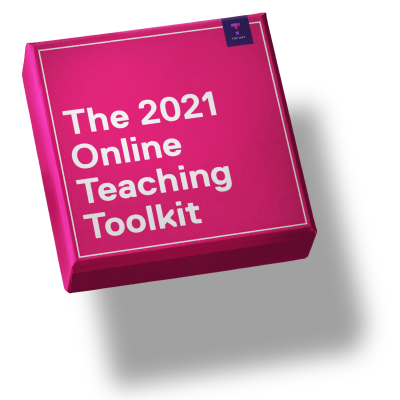
What is
Technology Literacy
Technology literacy is a term used to describe an individual’s ability to assess, acquire and communicate information in a fully digital environment. Students who possess technology literacy are able to easily utilize a variety of digital devices (such as computers, smartphones, tablets) and interfaces (such as e-mail, internet, social media, cloud computing) to communicate, troubleshoot and problem solve in both academic and non-academic surroundings. There are several components that make up technology literacy skills. These include: communication, collaboration, critical thinking, creativity, functional skills, information literacy, cultural and social awareness and safety.
What is technology literacy?
Technology literacy is the familiarity with digital tools and information, essential in today’s learning environment. It’s closely related to digital literacy, emphasizing critical thinking and communication through technology. Technologically literate individuals can consume, create, validate, and share digital content, adapting to new tools easily. While related, technology literacy differs from information and media literacy: technology literacy focuses on practical tech use (requiring computational skills), information literacy on evaluating information quality (involving research and critical thinking), and media literacy on interpreting media content (emphasizing analysis and identifying bias).
Technology literacy also overlaps with artificial intelligence literacy. AI literacy refers to the knowledge and skills necessary to understand, interact with, and critically evaluate artificial intelligence systems. AI literacy involves understanding how AI algorithms work, recognizing AI’s strengths and limitations, and knowing how to use AI tools responsibly. It includes topics like data ethics, algorithmic bias, machine learning basics, and understanding how AI makes predictions and decisions. Below, we share technology literacy examples and effective ways for harnessing artificial intelligence to advance digital literacy skills.
Technology literacy examples
File Management: Organizing, saving, and retrieving files, as well as understanding cloud storage.
Search Engine Proficiency: Using advanced search techniques to locate specific information online.
Ethical Use of Information: Understanding copyright, plagiarism, and proper citation of digital sources.
Cybersecurity Awareness: Teaching students about safe passwords, phishing, and how to avoid online scams.
Video Editing and Production: Using video editing software to create presentations or documentaries.
Data Analysis Tools: Teaching students to use software like Excel or Google Sheets for data organization and analysis.
Artificial intelligence literacy has gained new meaning in recent years. Platforms like ChatGPT or Google Gemini are powerful tools that enhance technology literacy by making digital skills more accessible. The following are examples of how AI literacy intersects with technology literacy.
Language Translation for Accessible Learning: AI-driven translation tools, such as Google Translate and Microsoft Translator, provide content in various languages, making tech education more accessible globally. They break down language barriers, allowing non-native speakers to access technology tutorials, guides, and learning platforms in their preferred language.
AI-Powered Simulations for Real-World Skills: Virtual labs and simulators powered by AI help users learn practical skills in areas like cybersecurity, digital design, and software development. By practicing these skills in a safe, simulated environment, users can increase their tech literacy and become comfortable handling complex technologies.
Interactive Learning Platforms: AI-driven educational platforms like Duolingo provide personalized learning paths that adapt to individual progress and comprehension levels. By using AI to assess a learner’s strengths and weaknesses, these platforms can recommend tailored content that suits each user’s needs, thereby improving their tech literacy at their own pace.
Importance of technology literacy
Technology literacy has gained increasing importance in our digital-savvy society. We can’t look at what is technology literacy without looking at the benefits of this phenomenon. These include:
Prevents overuse of technology: Helps avoid addiction and social isolation.
Improves decision-making: Facilitates problem-solving and staying informed.
Supports a modern workforce: Keeps employees connected and productive.
Combats misinformation: Helps prevent the spread of false information.
Enhances digital skills: Allows users to navigate and solve problems in a tech-driven world.
Boosts student engagement: Leverages learners’ comfort and proficiency with technology.
On the flip side, media critics state that technology literacy has fueled sociocultural and cyber concerns. These include:
Over-reliance on technology: May lead to dependency for information.
Increased risk of cyber threats: Greater exposure to data breaches and cyber attacks.
Unequal access due to the digital divide: Not everyone has equal access to technology.
Reduced social interaction: Can lead to fewer face-to-face encounters.
Ethical concerns: Raises issues around data privacy and surveillance.
The 2021 Online Teaching Toolkit
The teaching strategies, tools and activities to engage students in your online or blended course!

The 2021 Online Teaching Toolkit
The teaching strategies, tools and activities to engage students in your online or blended course!
